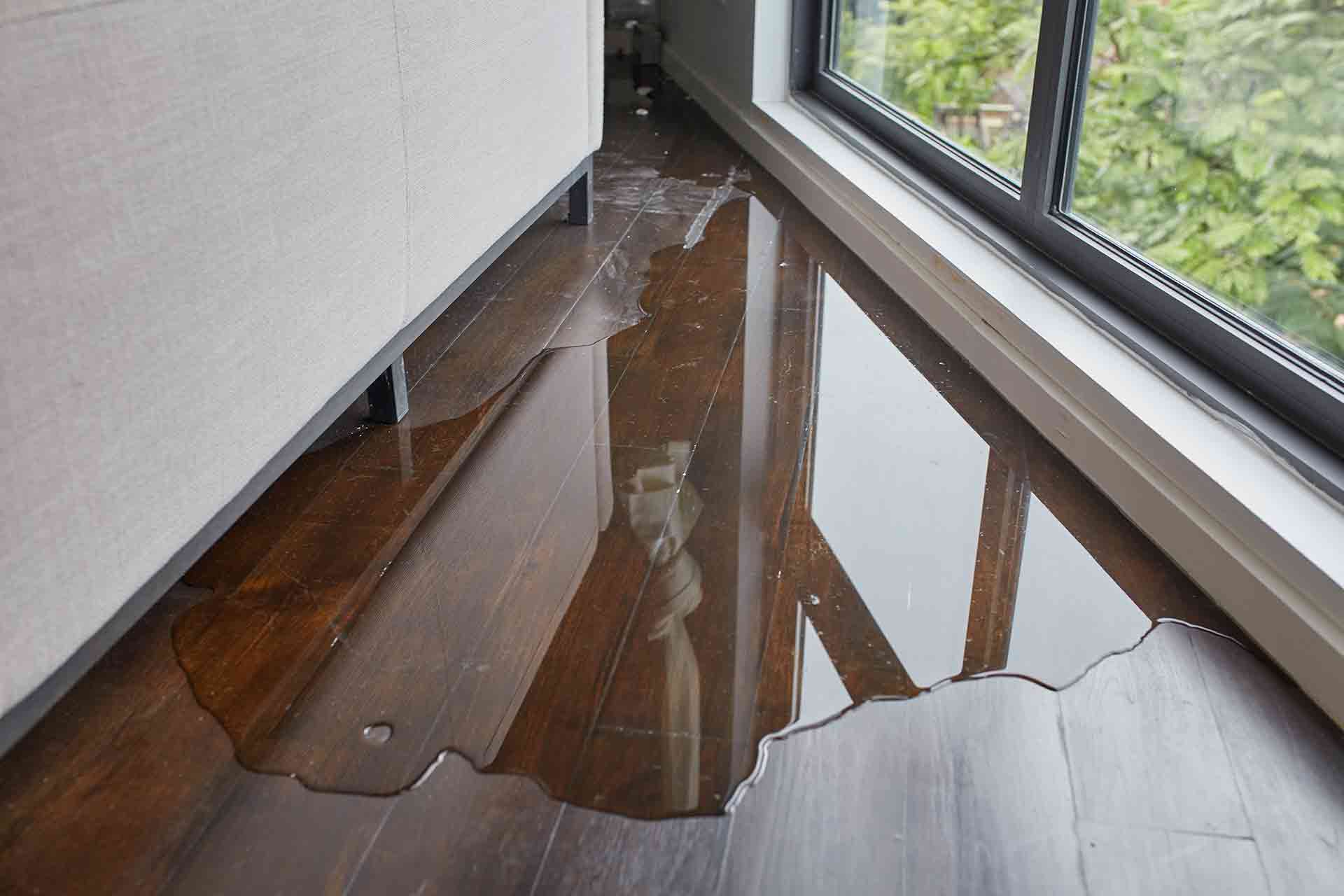Just How to Avoid Bathroom Water Damage
Just How to Avoid Bathroom Water Damage
Blog Article
What're your thoughts on How to Repair and Prevent Bathroom Water Damage?

The shower room is exceptionally prone for wet buildup and prospective water damage due to the regular use water in it. This article uses straightforward examination techniques to assist finding water damage dangers.
The frequent use of water in the restroom makes it very prone for wet buildup and also possible water damages. By inspecting it consistently, you can lower water associated problems.
The complying with collection of assessments is very easy to execute and also need to be done as soon as in every 3 months in order to maintain your washroom healthy and also to stop prospective water damages triggered by the tub, the shower, pipe joints and also plumbing, sinks, closets, and also the toilet
Do not neglect performing these evaluations as well as be extensive while doing them. Keep in mind that these easy evaluations can save you a lot of cash by providing very early signs for water damages
Sinks and also Cabinets
Sinks and also cupboards are subjected to wetness and also humidity day-to-day and also are typically neglected. Evaluate consistently under the sink and also on the kitchen counter over it. Repair any drip in the trap as it may recommend drainpipe problems. Look around the sink, slow draining pipelines might suggest a blocked drainpipe. Change sink seals if they are broken or loose.
Tub as well as Shower
The shower and bath tub call for special attention and also maintenance. Examine the ceramic tiles and replace if broken. Make sure that there is no missing out on cement between the tiles. Inspect and also change broken caulking at joints where the walls fulfill the floor or the bath tub. Clogged drains pipes as well as pipelines issues will protect against the tub from drying out as well as may show major troubles underneath the bathtub. Speak with a specialist right away to prevent architectural damage. Focus on discolorations or soft locations around the bathtub wall surfaces as they may show an internal leak.
Plumbing
Signs for water damages are difficult to find because the majority of pipes are installed inside the wall surfaces.
Pay unique attention to floor covering as well as wall surfaces wetness and also stains as they might show an unnoticeable plumbing trouble. Check dampness levels in adjoining areas as well.
The Commode
The toilet is a prone water joint. Inspect the water lines and look for leaks around the toilet seat, in the tube, and under the water container. If you spot any kind of signs of dampness on the floor around the toilet, check for leakages in the toilet rim as well as container seals.
Know that hanging toilet bowl antiperspirants enhances the opportunities for clogs.
Water Damage Signs In The Bathroom To Avoid Cleanup
Musty smell
This is one of the easiest signs to catch because musty smells are so odorous. The damp, earthy, moldy smell should be a big red flag. The smell will develop when moisture gets trapped in surfaces, and begins to facilitate mold growth. Leaking pipes under cabinets, inside walls, and behind shower fixtures will cause moisture to stay trapped and not dry, which will lead to mold growth and spread. As soon as you notice any musty smells in your bathroom, have it checked for hidden water damage and cleanup signs.
Visible mold
If the smell isn’t there to give it away, sometimes you will actually see mold growth. Finding mold in your bathroom is a serious problem, because mold is very harmful to your health. By the time mold growth is visible, it also means that water damage has already occurred and been present for some time. The only way the mold problem can be resolved is to find the source of the moisture and get it stopped. To safely and adequately remove mold, you need to have professionals handle the remediation. Do not waste any time in getting mold problems addressed, fixed, and sanitized so that you can protect you and your family from the many respiratory symptoms caused by mold exposure.
Damaged floors
Bathroom floors should be able to withstand some exposure to water while still remaining in good condition. However, when excess exposure or water leaks occur, they will begin to damage even the most water-resistant flooring. If you notice any cracking, bubbling, staining, or warping on your bathroom floors, there is probably a water leak somewhere causing the distortion. If you notice areas of the floor have become softer, or even have a spongy feeling, there is probably damage to the subfloor. Subflooring is typically made up of plywood. When plywood is exposed to water or moisture, it will absorb it. Once it has become saturated, the weight of the excess water will cause the wood to swell and soften. Check the floors in your bathroom frequently to catch any of these sings before they lead to damaged subflooring.
Changes on walls
When water leaks behind walls, it will cause changes in the drywall. Peeling plaster, blistering paint, and soggy wallpaper are all good indicators that excess water is building up behind the wall. Water leaking behind drywall will cause it to swell and be soft to the tough. If you start to notice gaps along the trim of your walls, or where tile meets the wall, it could also be a strong indicator that there is a leak behind the wall. Any changes, distortion, or damage on the walls should be evaluated as soon as you notice it to prevent further water damage and cleanup.

I found that blog post on Common Causes of Water Damage in a Bathroom when doing a lookup on the web. Enjoyed our content? Please share it. Help others check it out. Thanks for your time invested reading it.
Schedule Service Now Report this page